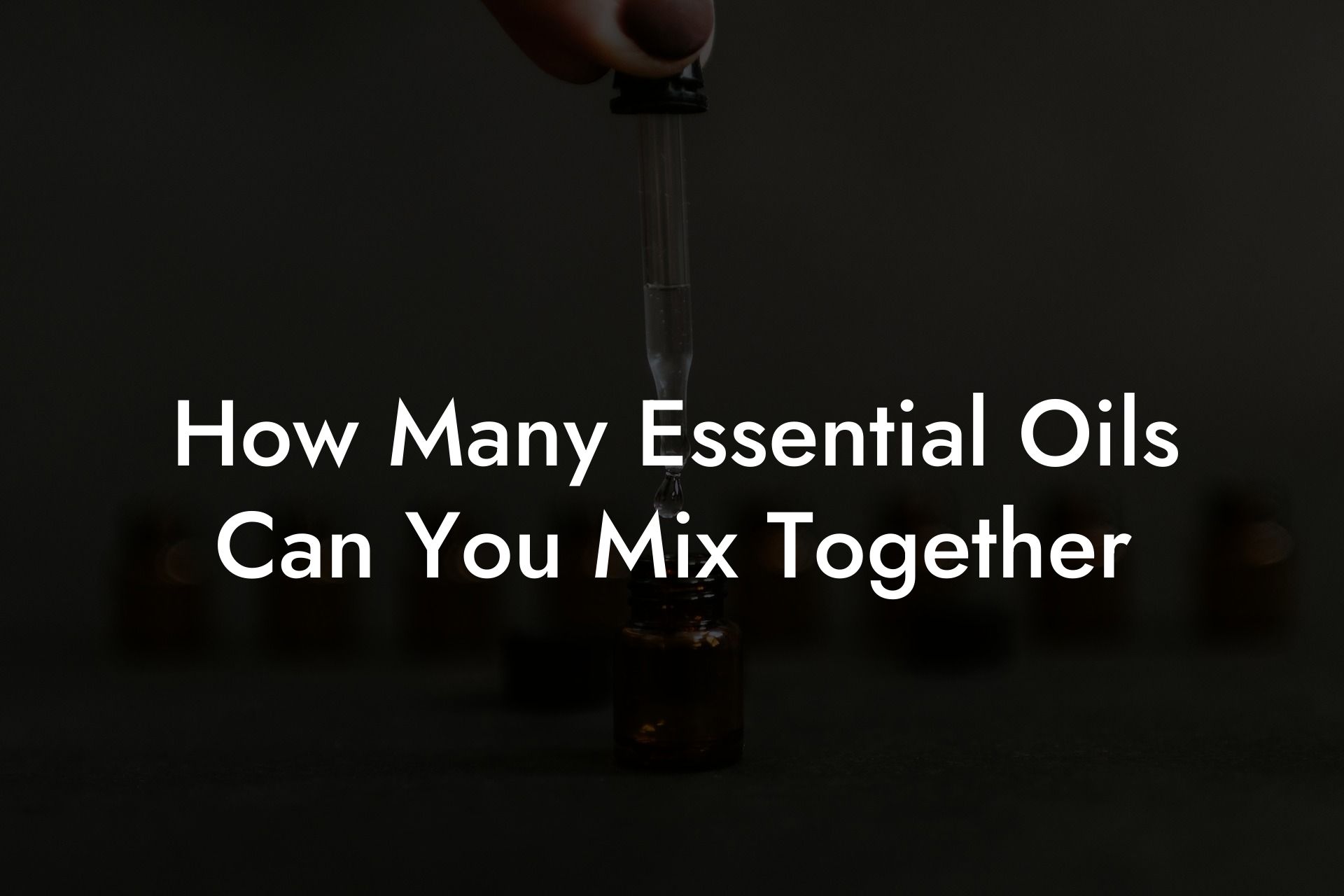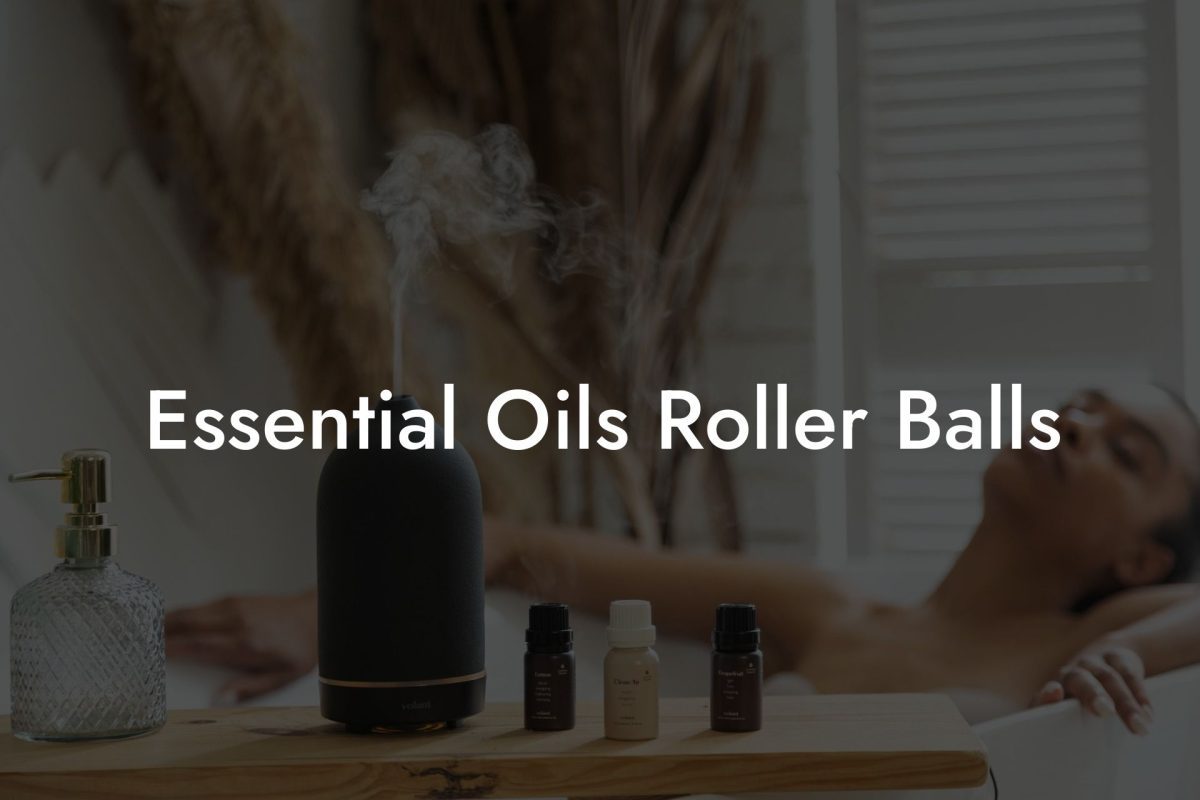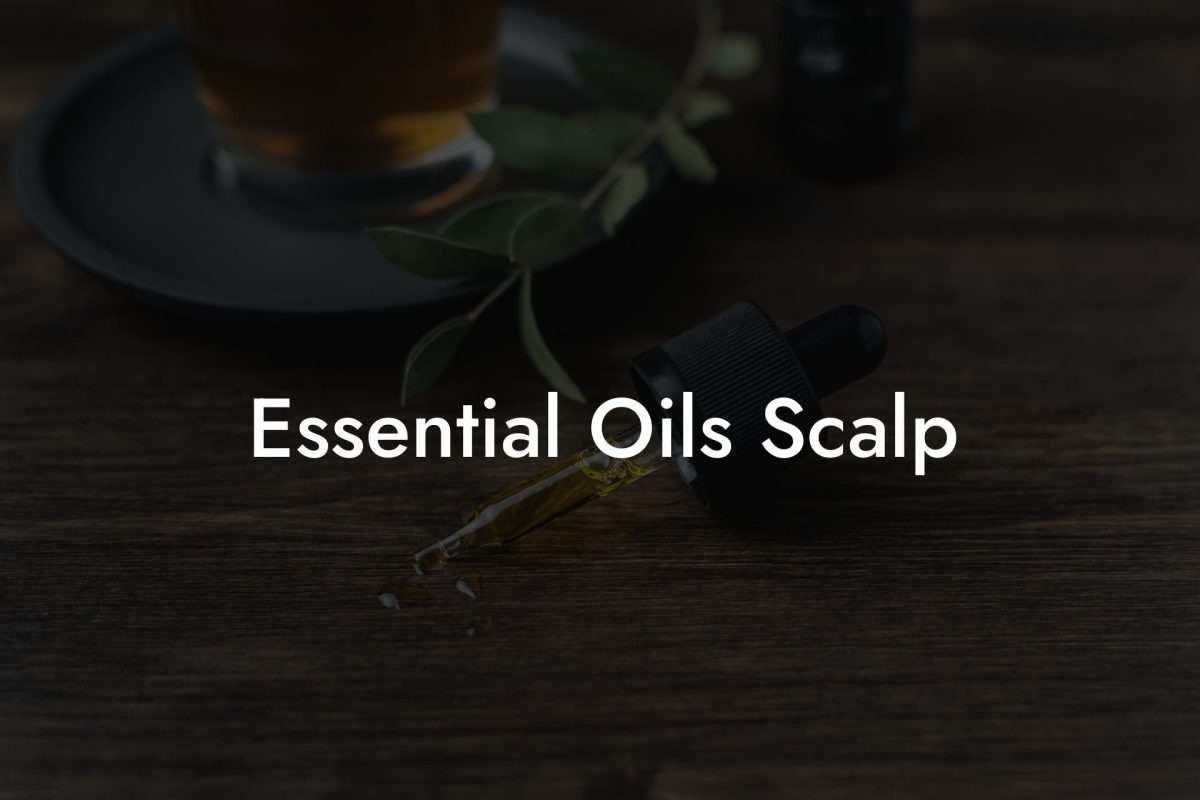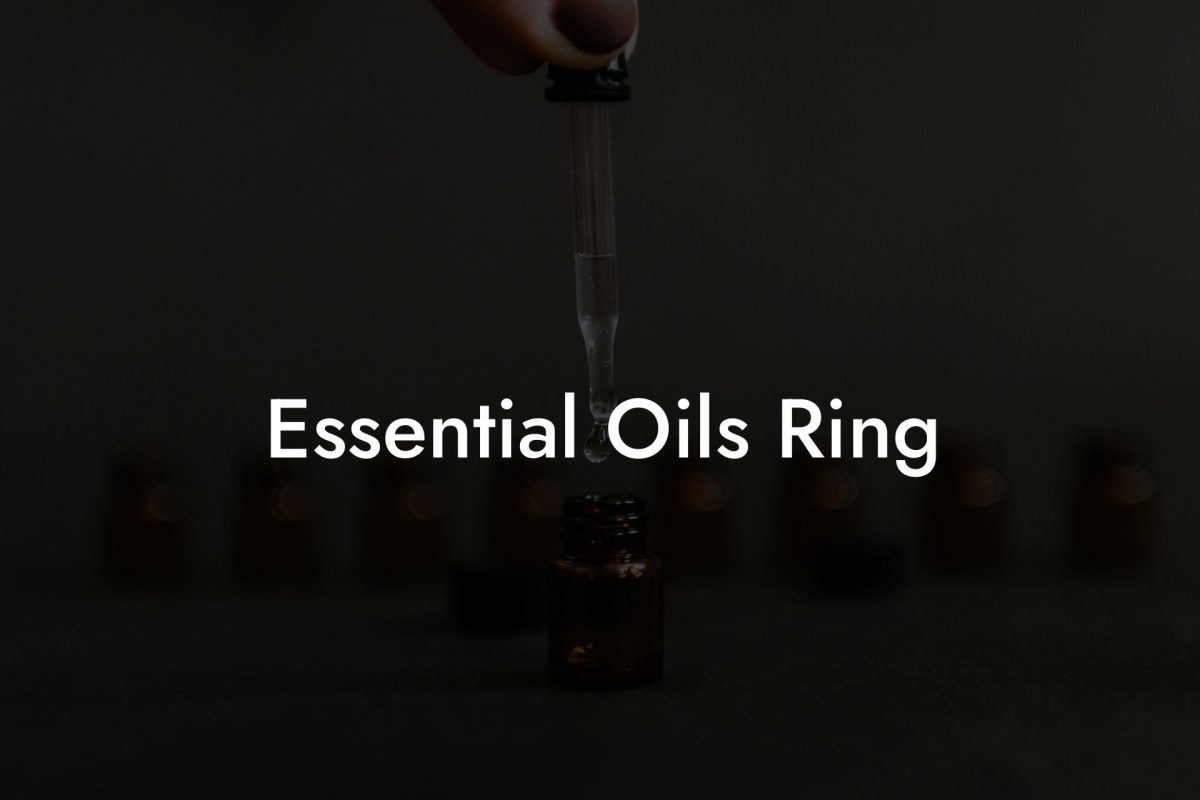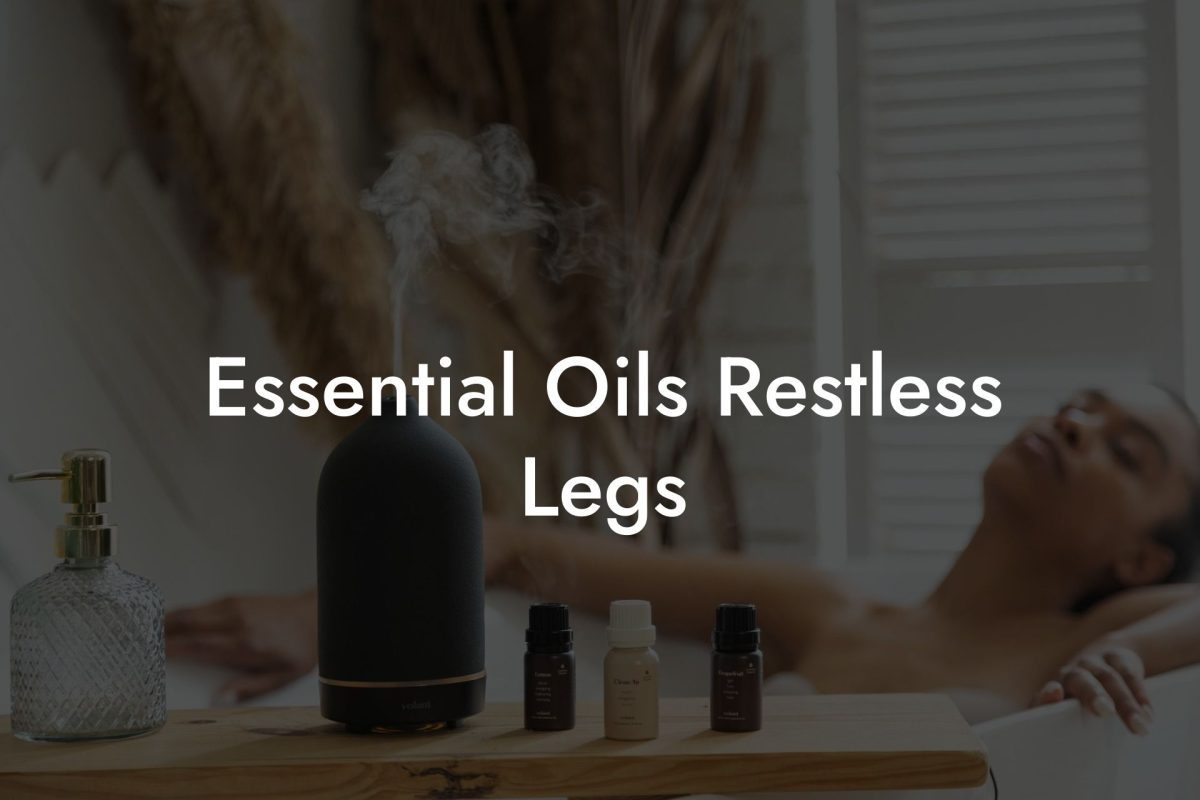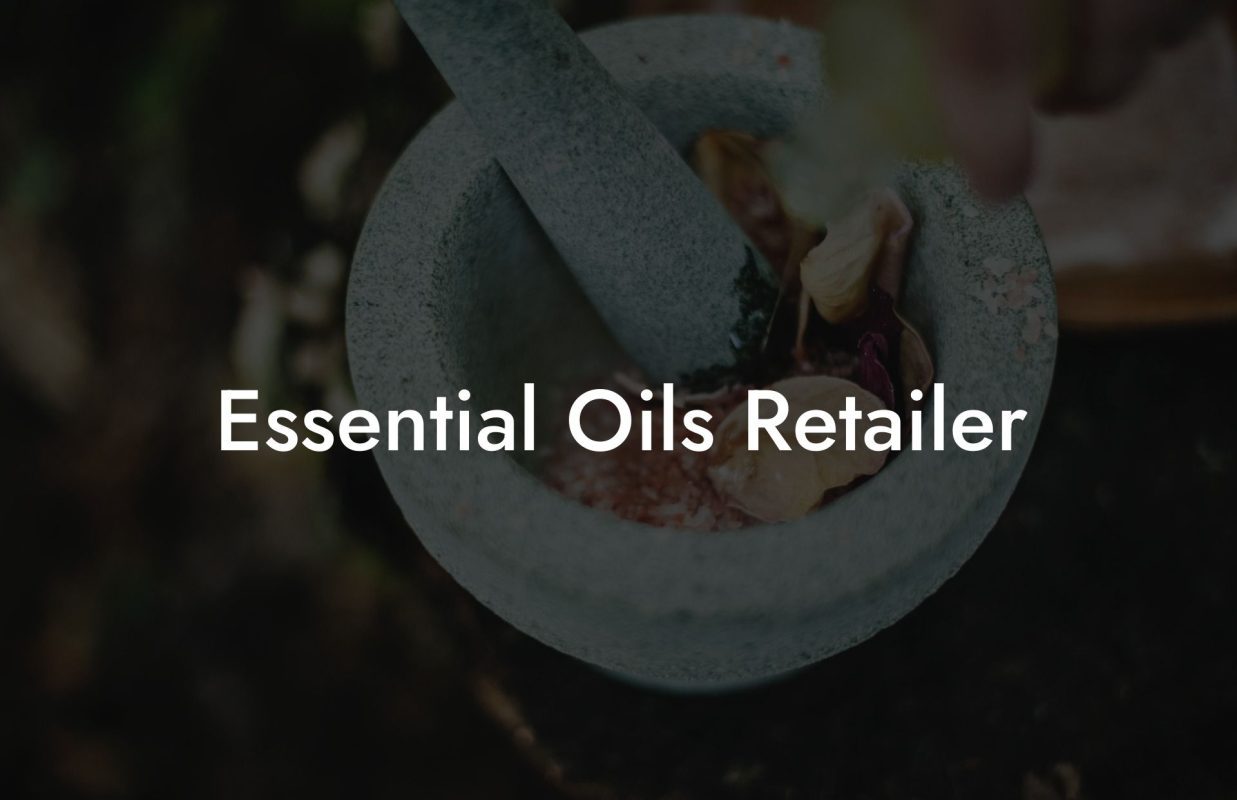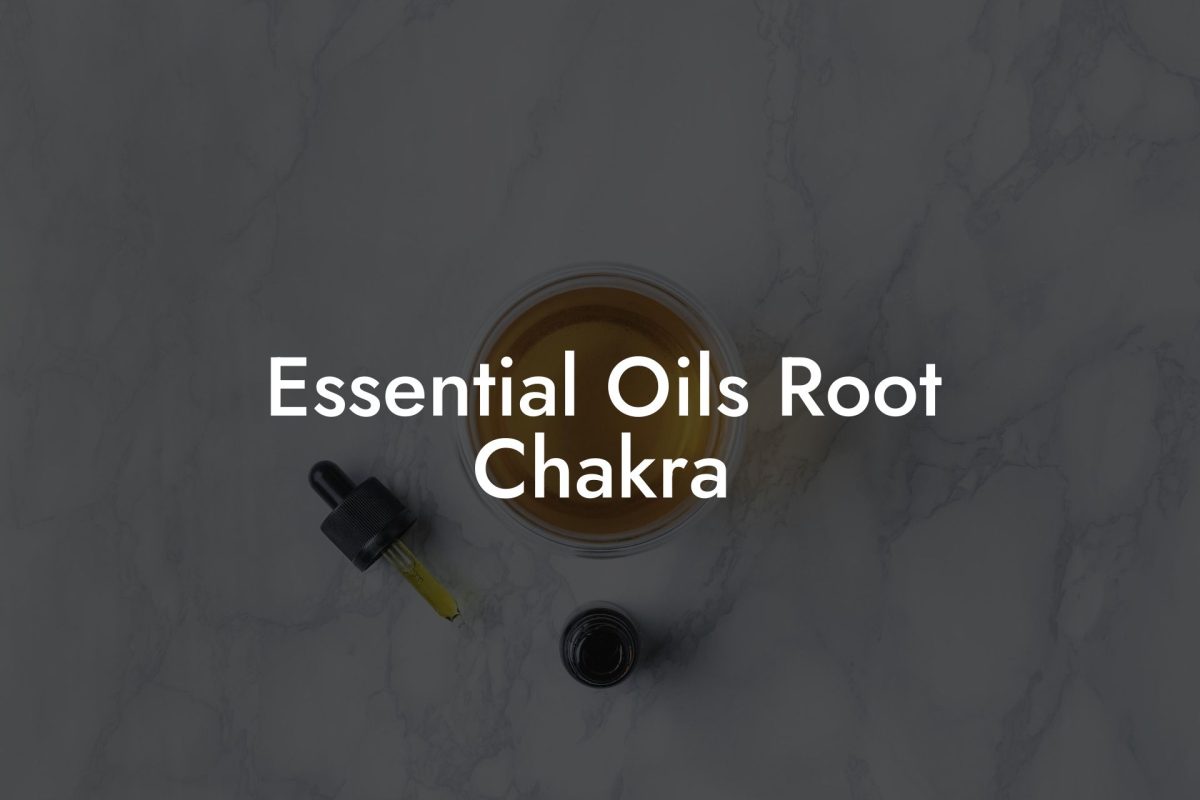The world of essential oils offers a myriad of scents and properties, and it’s natural to wonder how many of them can be combined for optimal aromacology benefits. In this article, we dive into the art of mixing essential oils and provide guidelines on creating your unique blends. You’ll learn how to choose the right oils, understand their synergies, and the benefits of different combinations.
Table of Contents
Understanding Essential Oil Mixing
Mixing essential oils is an art and a science. There are no strict rules on the number of oils you can mix together, but to achieve a harmonious and effective blend, some guidelines can help you along the way:
1. Consider the scent profiles
When blending essential oils, you want to create a pleasant and balanced aroma. Combining oils with similar or complementary scent profiles can help achieve this. There are four main scent categories:
- Fresh: oils like eucalyptus, rosemary, and mint
- Floral: oils like lavender, rose, and jasmine
- Earthy: oils like patchouli, sandalwood, and vetiver
- Spicy: oils like cinnamon, clove, and ginger
By keeping these categories in mind, you can ensure that your blended oils complement each other and create a pleasing scent.
2. Balance the strength of the oils
Some essential oils have a more potent aroma than others, so you need to find the right balance in your blend. A good rule of thumb is to use a ratio of 1:1 when mixing essential oils. However, when using a stronger oil, you may need to adjust the ratio to maintain harmony in the mix.
3. Create synergy
When combining essential oils, it’s essential to consider the synergies between them. Synergy occurs when two or more oils work together to create a more significant benefit than they would provide individually. Some essential oil synergies are well-known, such as lavender and chamomile for relaxation or eucalyptus and peppermint for respiratory support.
How to Choose the Right Oils for Your Blend
Selecting the right oils to mix in your blend depends on the specific purpose you have in mind. Some common reasons for blending oils include supporting sleep, alleviating stress, or promoting energy and focus. Here are some tips for choosing the right oils for each purpose:
1. Sleep-support blends
For a blend that promotes restful sleep, consider oils with relaxing properties such as lavender, chamomile, and vetiver. These oils are well-known to help soothe the mind and calm the nervous system, making them perfect candidates for a sleep-centric blend.
2. Stress-relieving blends
To create a blend that helps mitigate stress, look for essential oils with calming and uplifting qualities. Some examples include bergamot, clary sage, and frankincense.
3. Energy-promoting blends
For a blend that fosters energy and focus, consider oils with invigorating properties and the ability to enhance mental clarity. Examples are rosemary, peppermint, and lemon.
How Many Essential Oils Can You Mix Together Example:
Here’s an example of a simple yet potent essential oil blend designed to uplift your mood and help mitigate stress:
Citrusy Delight
- 4 drops of bergamot essential oil
- 3 drops of lavender essential oil
- 2 drops of sweet orange essential oil
Combine the essential oils in a dark-colored glass bottle and gently swirl to mix. For a subtle ambient aroma, add a few drops of the blend to your diffuser or an oil warmer. Alternatively, you can dilute the blend in a carrier oil and apply it to your pulse points and chest area for a more concentrated scent.
You now have the knowledge and understanding to embark on your essential oil blending journey. Remember, the art of essential oil mixing is all about experimentation: don’t be afraid to try different combinations and find what works best for you. We encourage you to share this article with others who might be interested in this fascinating aspect of aromacology! As you explore the world of essential oils, be sure to check out Oshu Oils’ range of exquisite, artisan essential earth oils and our other informative guides to enrich your scent-filled experience.

